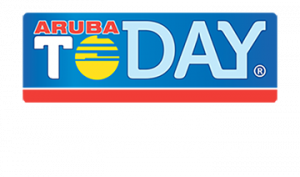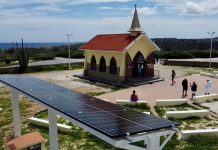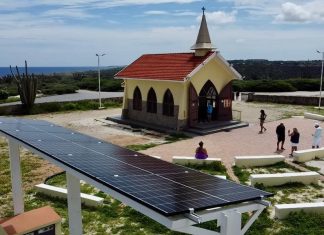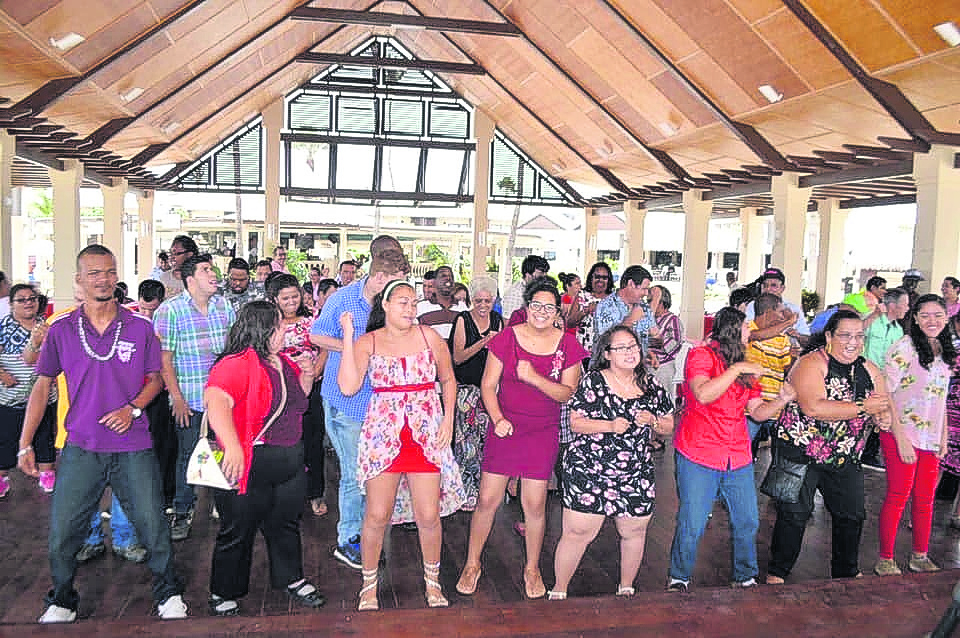(Oranjestad)—Today, Aruba celebrates 70 years since our Coat of Arms was inaugurated. The six national symbols of Aruba are the Coat of Arms, Anthem, Flag, Papiamento Language, Currency, and the Shoco. All of them symbolize our identity as the country of Aruba.
Our first national symbol is:
Our Coat of Arms:
On March 27, 1953, the Government announced a competition to establish Aruba’s Coat of arms. Afterwards, the Atelier voor Heraldische Kunsten of Amsterdam, the Netherlands, was given the task of creating a basic design for the Coat of Arms.
On November 15, 1955, the Government of the Insular Territory of Aruba officially approved our Coat of arms. A people’s Coat of arms is a symbol of different typical aspects of that people.
Our Coat of Arms symbolizes:
In the first quarter: The Aloe plant
The Aloe plant symbolizes our first source of income, the Aloe industry.
In the second quarter: The Hooiberg hill
This symbolizes our island that rose out of the sea. The green color is the color of the joy we feel since our self-determination, and the lines like waves symbolize our sea.
In the third quarter: A handshake
This handshake symbolizes the bonds of friendship between our people and other nations in political, economic, and cultural areas. The heart-red color signifies our generous character, our simplicity, and the value of work to strengthen these ties.
In the fourth quarter: The wheel
The wheel symbolizes a helm that guides our industry, which is the most important source of life on our island. The central cross of the Coat is a symbol of devotion and faith. The red lion on the Coat symbolizes strength and generosity. The laurel branches at the bottom of the Coat symbolize peace and friendship.
















